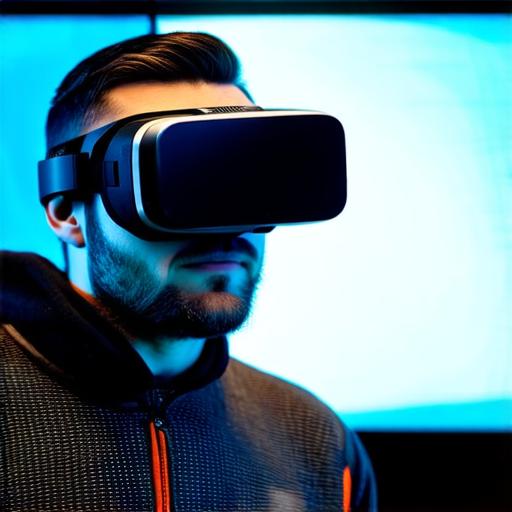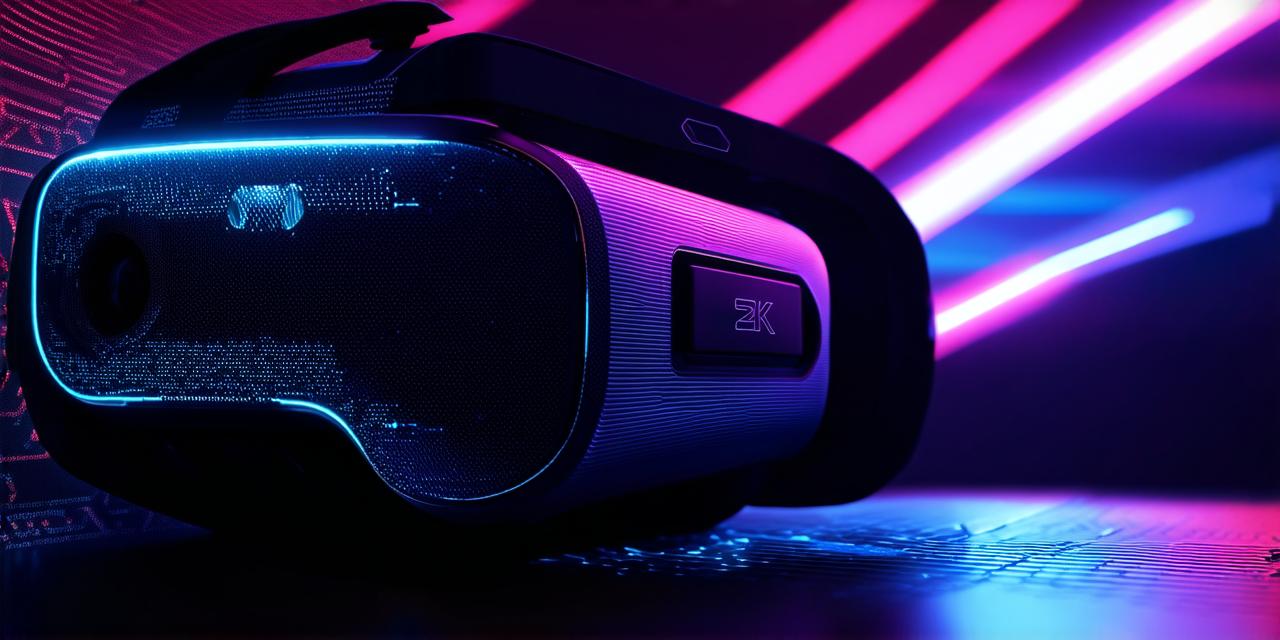Virtual reality (VR) is a technology that creates an immersive experience for users by simulating a three-dimensional environment in which they can interact with objects and other people as if they were real.
VR systems typically use a headset, sensors, and controllers to track the user’s movements and provide visual and haptic feedback that makes them feel like they are in a different world.
History of Virtual Reality
The concept of virtual reality dates back to the 1960s, when computer scientists began experimenting with ways to create immersive simulations. Early VR systems were bulky and expensive, but advances in technology have made them smaller, lighter, and more affordable over time.
How Virtual Reality Works

Virtual reality works by combining computer-generated graphics with sensors that track the user’s movements. The headset displays a 360-degree view of a virtual environment, while the sensors use infrared technology to track the user’s head movements and adjust the image accordingly.
Types of Virtual Reality
There are two main types of virtual reality: immersive VR and non-immersive VR. Immersive VR involves a fully enclosed environment, such as a headset or a room with screens on all sides, that completely surrounds the user and blocks out the real world.
Non-immersive VR, on the other hand, involves a partial enclosure or no enclosure at all, such as a screen displaying a virtual environment in front of the user.
Applications of Virtual Reality
Virtual reality has numerous applications across various industries, including gaming, education, healthcare, and training. In gaming, VR allows players to fully immerse themselves in a game world and interact with objects and characters in a way that was not possible before.
In education, VR can be used to create virtual field trips or simulations that allow students to explore historical events or scientific concepts in a more engaging way. In healthcare, VR can be used for therapy or pain management, while in training, it can be used to simulate real-world scenarios and improve skills in areas such as driving or aviation.
Future of Virtual Reality
Virtual reality technology is constantly evolving, and it is likely that we will continue to see new and innovative applications of VR in the future. As the technology becomes more affordable and accessible, we can expect to see virtual reality used in even more industries and for even more purposes.
Summary
Virtual reality is a powerful technology that allows users to fully immerse themselves in a simulated environment. It has numerous applications across various industries and has the potential to revolutionize the way we learn, work, and play. As virtual reality continues to evolve, it will no doubt have an even greater impact on our lives in the future.
